Akaroa Peninsula, a land of fascinating history and beautiful flora, is a little piece of heaven that has the power to inspire us to explore beyond our comfort zones. It is a reminder of the wonders that nature has to offer, waiting to be discovered. New Zealand, a country of incredible beauty, boasts breathtaking landscapes and an abundance of wildlife that has the power to awaken our sense of wonder and appreciation for the natural world.
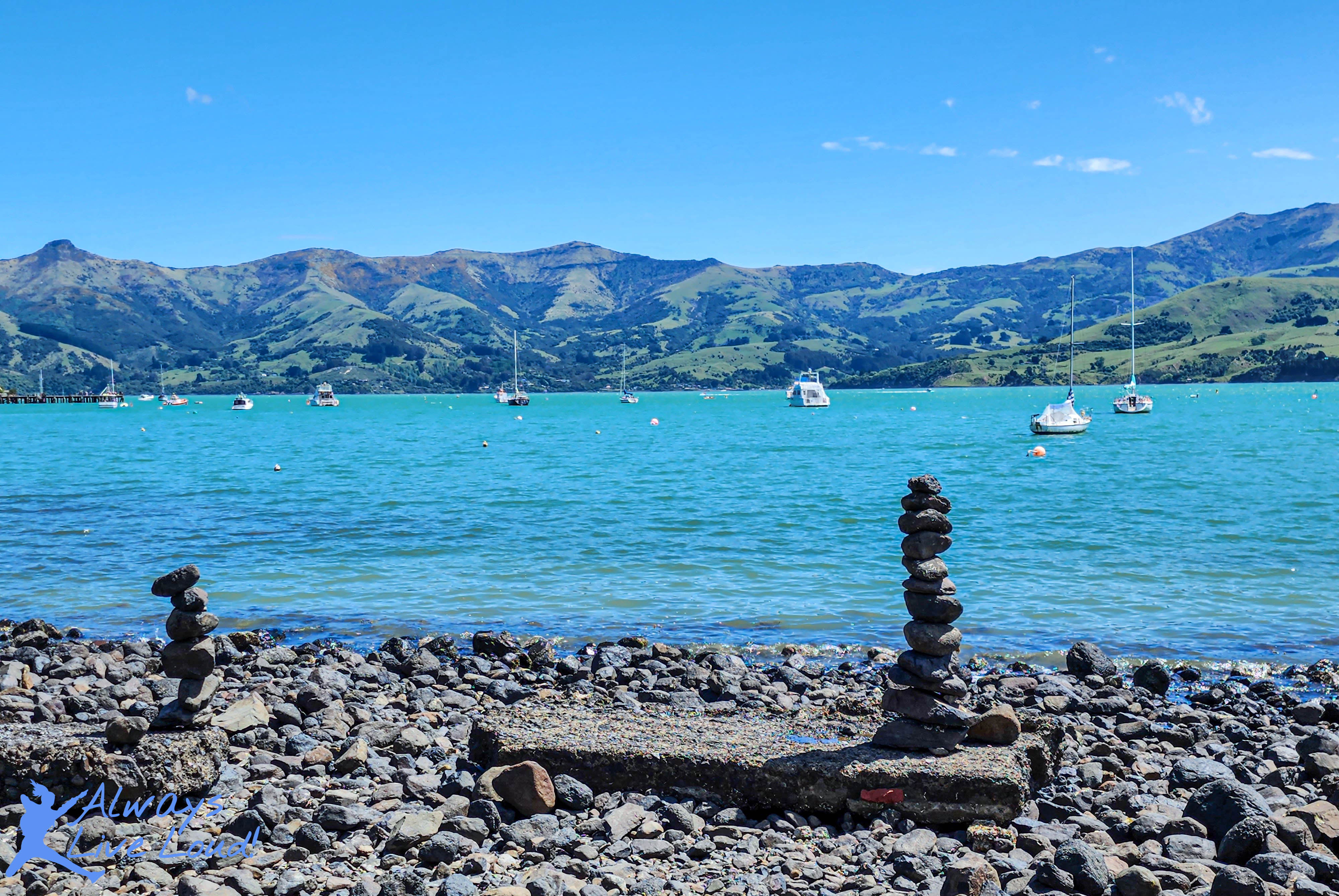
Where is Akaroa
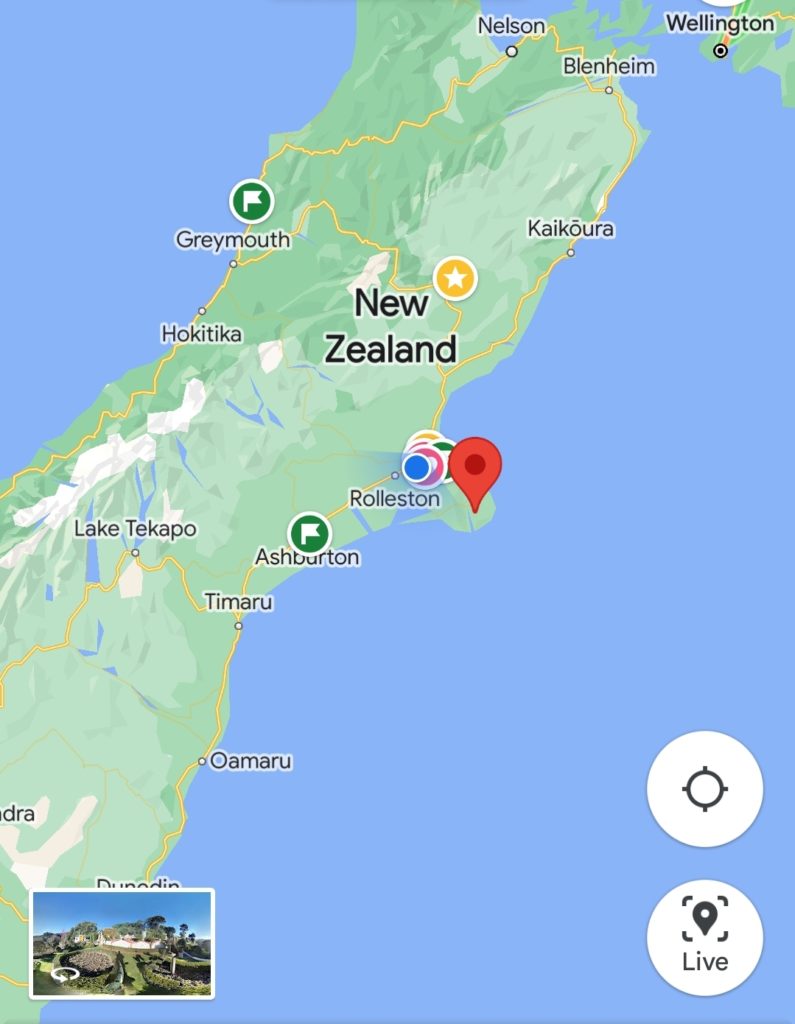
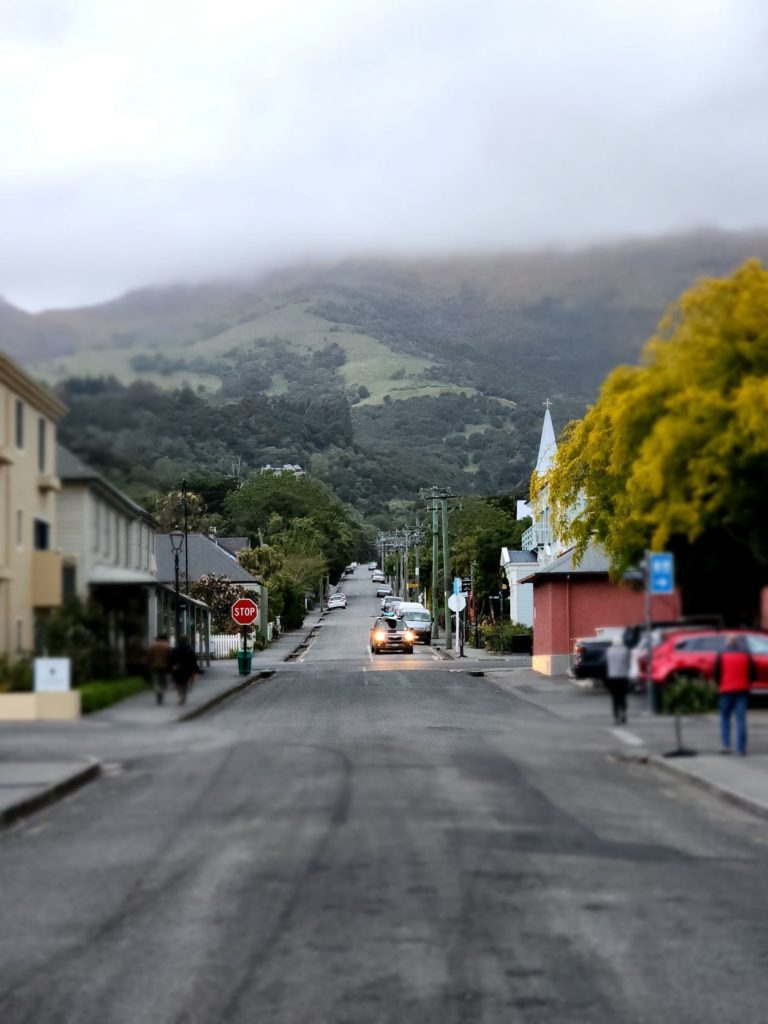
Settled on the southeast side of a deep and sheltered harbor is the beautiful coastal town of Akaroa in Canterbury, on the South Island of New Zealand.
This picturesque town is a hidden gem that boasts a blend of French influence and abundant marine life, waiting to be explored by visitors. Just an hour from Christchurch, Akaroa offers travelers a chance to indulge in exciting activities such as kayaking and swimming with dolphins.
Some history
Akaroa, a quaint town located in the Canterbury region of New Zealand’s South Island, has a rich and fascinating history. In August 1840, French settlers arrived in the area and founded the town. These settlers were drawn to the land’s beauty and natural resources, including timber, flax, and fertile soil. However, the British were also interested in this area, and before the French could claim it for themselves, the British crown signed the Treaty of Waitangi with the Māori chiefs.
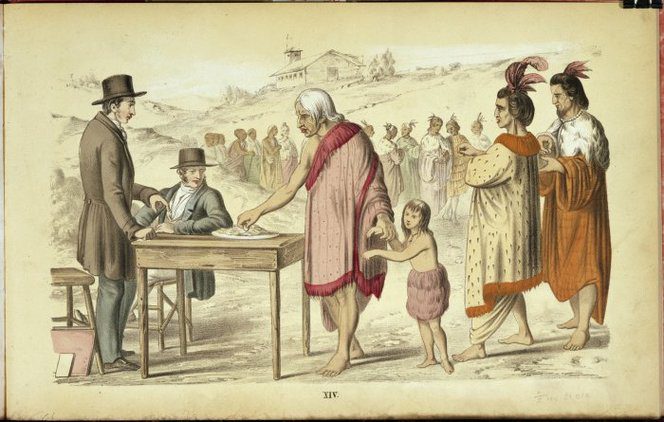
The Treaty of Waitangi, signed on February 6, 1840, was crucial in New Zealand’s history. It established British sovereignty over the country while also acknowledging Māori ownership of their lands and granting them the same rights as British citizens. This treaty prevented the French from claiming New Zealand for themselves, and by the time the French returned, the British crown had already annexed the country.
Even though the French were unable to keep Akaroa, the town still holds a strong French influence. This influence can be seen in the town’s street names, which are named after French legends and historical figures. For instance, Fleur Lane is named after a French flower, while Rue Francois and Rue Balgerie are named after French explorers. Today, Akaroa is a popular tourist destination, attracting visitors from all over the world who come to experience its unique blend of French and Kiwi culture.
Apart from a few French street names today, little remains to show Akaroa’s origin as a French Settlement.
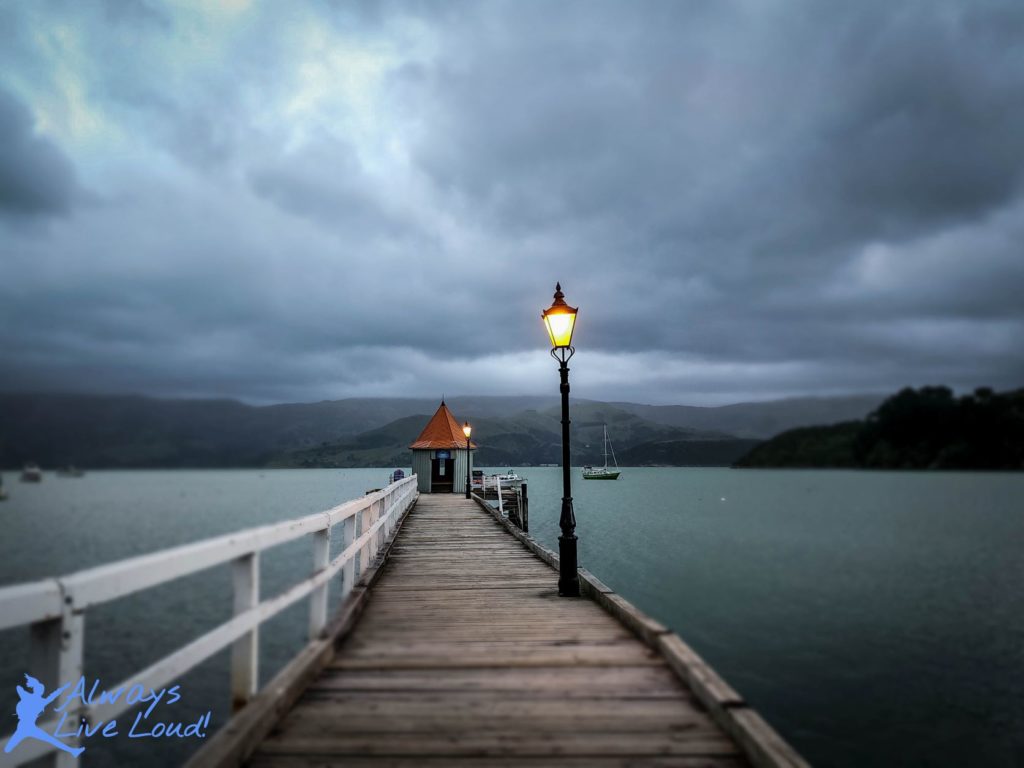
👉What does Akroa mean in Maori?
The Māori name of Akaroa is Kāi Tahu, which in Māori means “Long Harbor.”
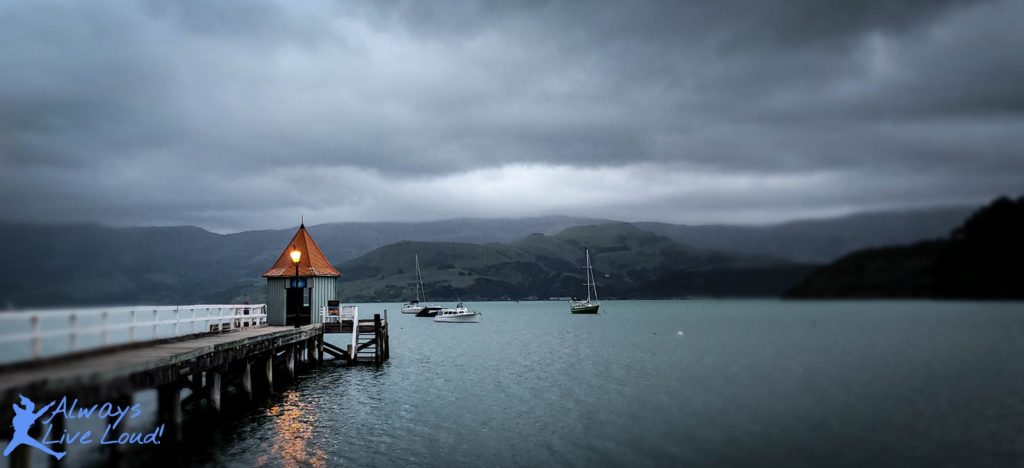
Things to do and see in Akaroa
Discover the wonders of Akaroa, where history, nature, and culture come together to create a truly unforgettable experience. Explore the fascinating historical landmarks, take in the breathtaking bay views, and savor the delicious local cuisine. Make sure to visit the historical lighthouse, Ōnuku marae and church, Garden of Tane, and the Giant’s House, and let the magic of Akaroa inspire you.
Akaroa Lighthouse
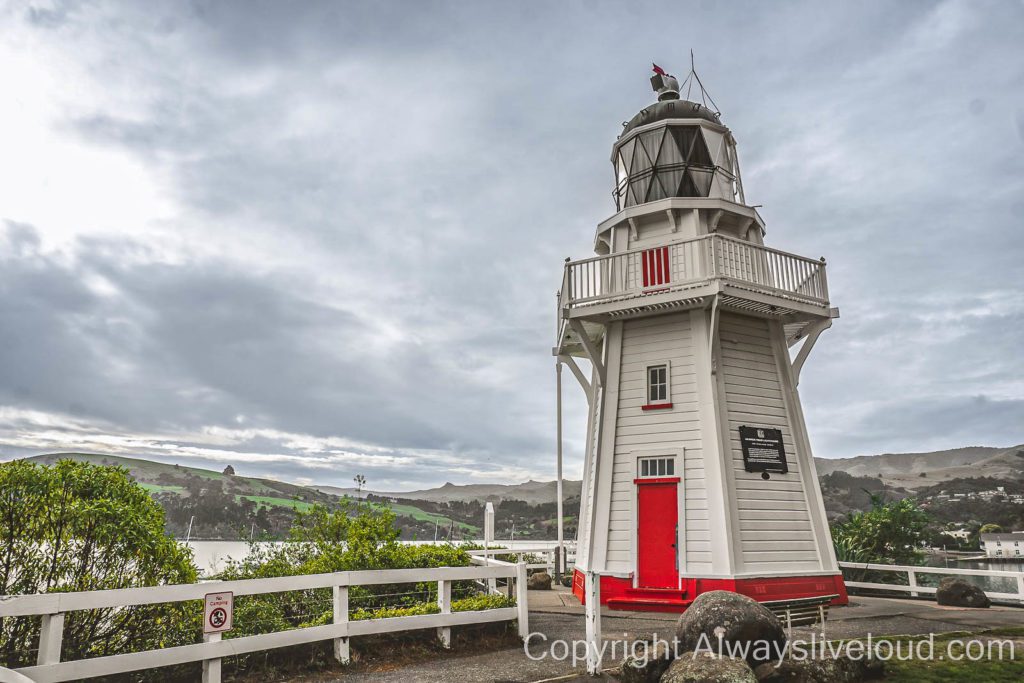
The Akaroa Lighthouse was first established on the steep headland of Akaroa Heads on January 1st, 1880. An automated light replaced it, and it was relocated to Akaroa Township in 1977 after remaining in operation for a century. Today, a visit to the cliff-side reserve offers breathtaking views along with glimpses of historical remnants scattered across the hillside. However, the harsh weather conditions have caused significant damage to most of the buildings and stonework. Visitors can still see the foundations of the lighthouse keepers’ homes, the original stonework of the supply road, and a stone culvert. Despite the loss of the original lighthouse, the atmosphere here is still something special. A trip to Akaroa Heads is a memorable experience, and it’s definitely worth checking out for yourself.
Ōnuku Marae And Church
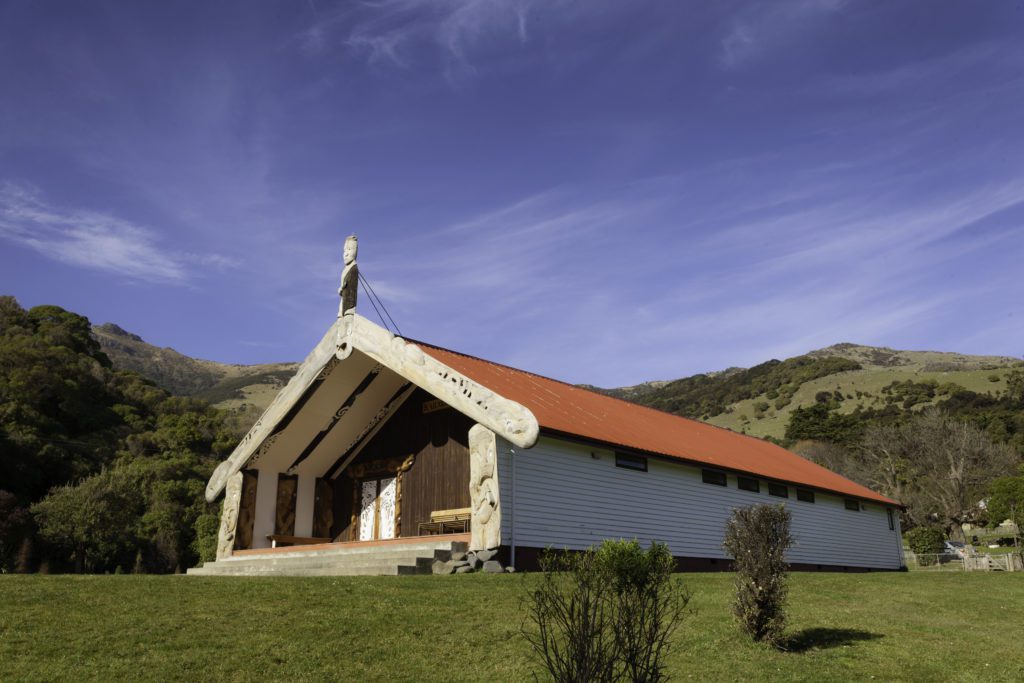
It holds great historical significance as it was the first of three South Island locations where Te Tiriti o Waitangi, also known as the Treaty of Waitangi. At Ōnuku Marae, two local chiefs, Iwikau and John Love (Hone) Tikao, signed the Treaty alongside representatives of the British Crown.
Ōnuku Marae is a traditional Maori communal or sacred place that serves religious and social purposes.
Garden of Tane

The Garden of Tane is a beautiful place to explore. There are multiple tracks that wind through the garden, creating a bush maze that’s perfect for wandering.
The garden has a mix of mature exotic trees and native regeneration, and you can hear lots of birdsong. The views here are also lovely, and the garden has a rich botanical and human history.
Many of the early Akaroa settlers are laid to rest in several historic cemeteries that you can visit and explore. These cemeteries provide a glimpse into the past.
Keep in mind, after wet weather, the track can get very muddy and slippery, so it’s important to wear sturdy footwear and take care of it.
The Giants House
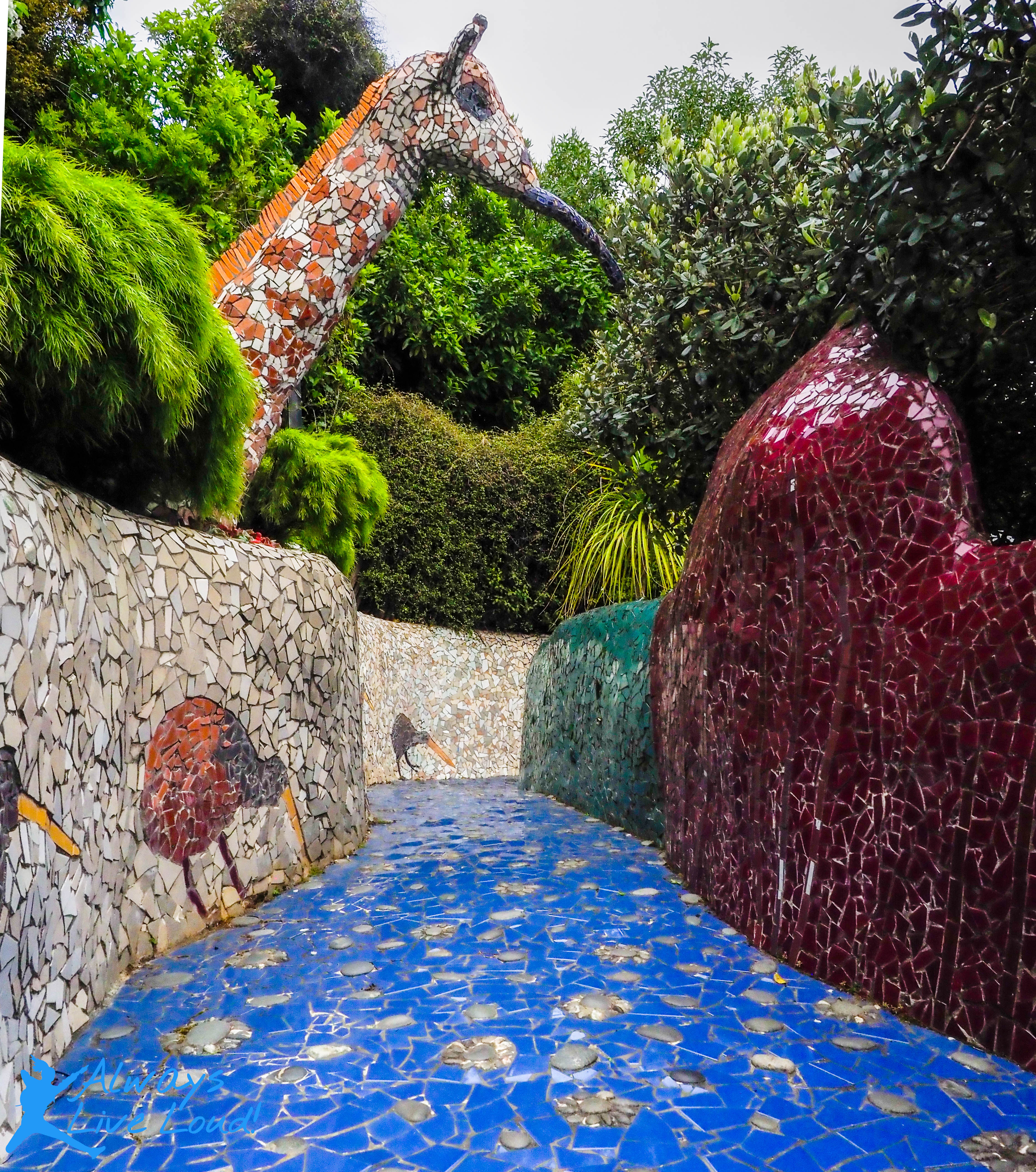
The Giant’s House in Akaroa captivates visitors with its charming atmosphere, featuring breathtaking sculptures and beautiful gardens.
Unlike other art galleries, The Giant’s House seamlessly blends art and nature, with mosaic figures integrated into the immaculate gardens on a lovely hillside. You’ll find a new and quirky photo opportunity around every corner, making it the perfect place to explore with friends and family. So why wait? Head to The Giant’s House and discover the magic for yourself!
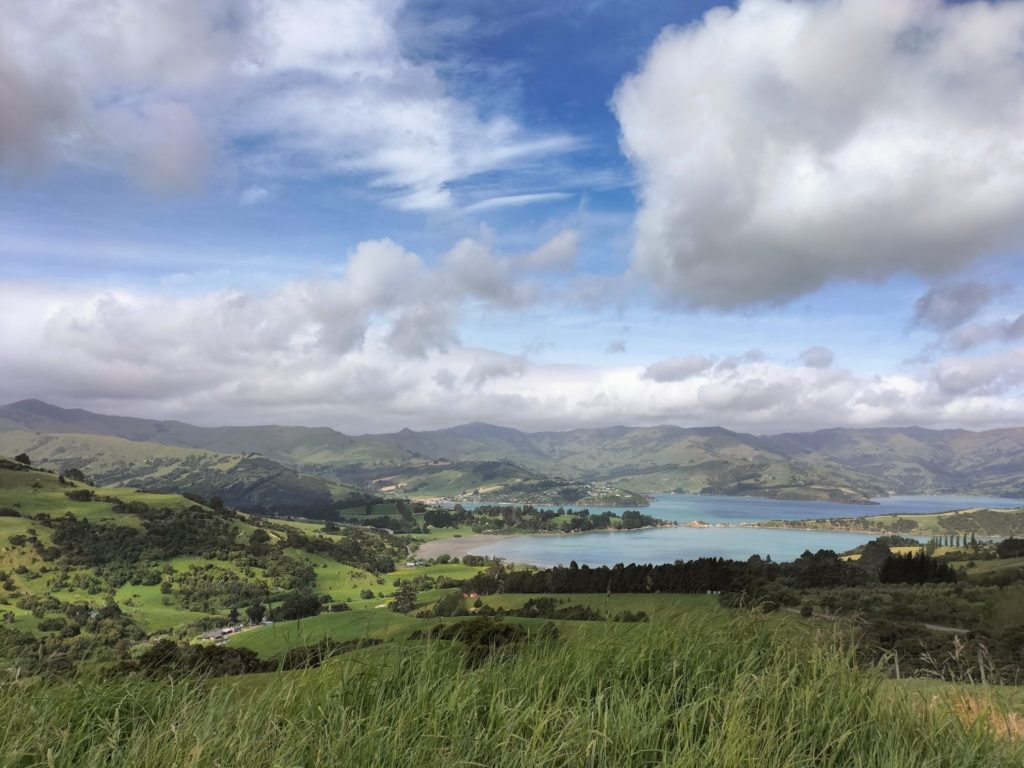
“You may say that I’m a dreamer, but I’m not the only one. I hope someday you’ll join us and the world will be as one.”
John Lennon

